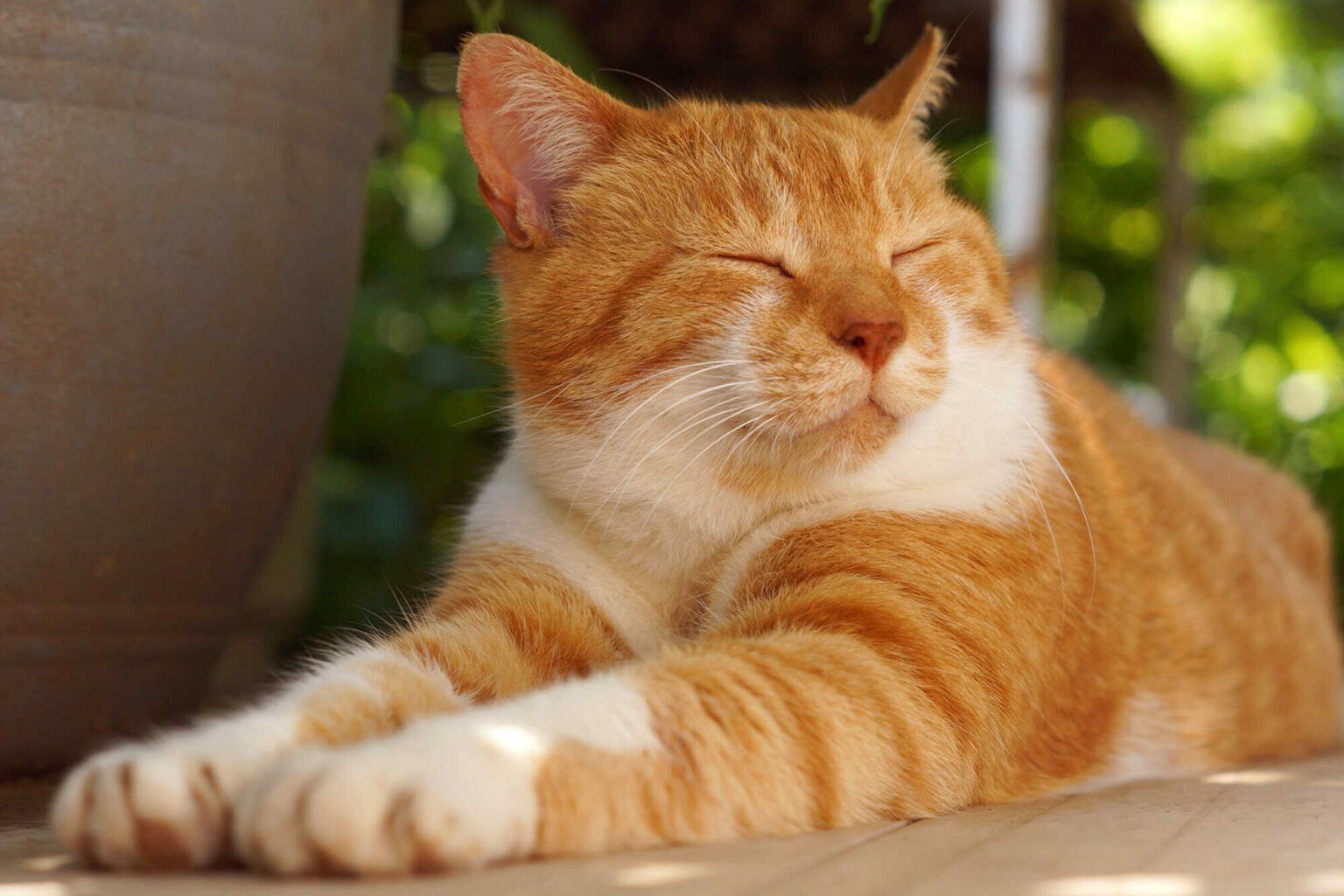
Want to make your cat love you? Learn how to make them smile
Building up trust with a cat can take time. Often cats can appear standoffish or aloof, running away as soon as you enter the room. However, scientists in the UK have discovered one way that bond could develop faster – narrowing your eyes. Read more about pet statistics here.
The new study shows squinting until you blink at a cat – known as “cat narrowing eye movements” in the study – will likely elicit the same response from a feline. The cat is then more likely to approach the squinter, the study says. This optical back & forth between human and cat can help “positive emotional communication” develop.
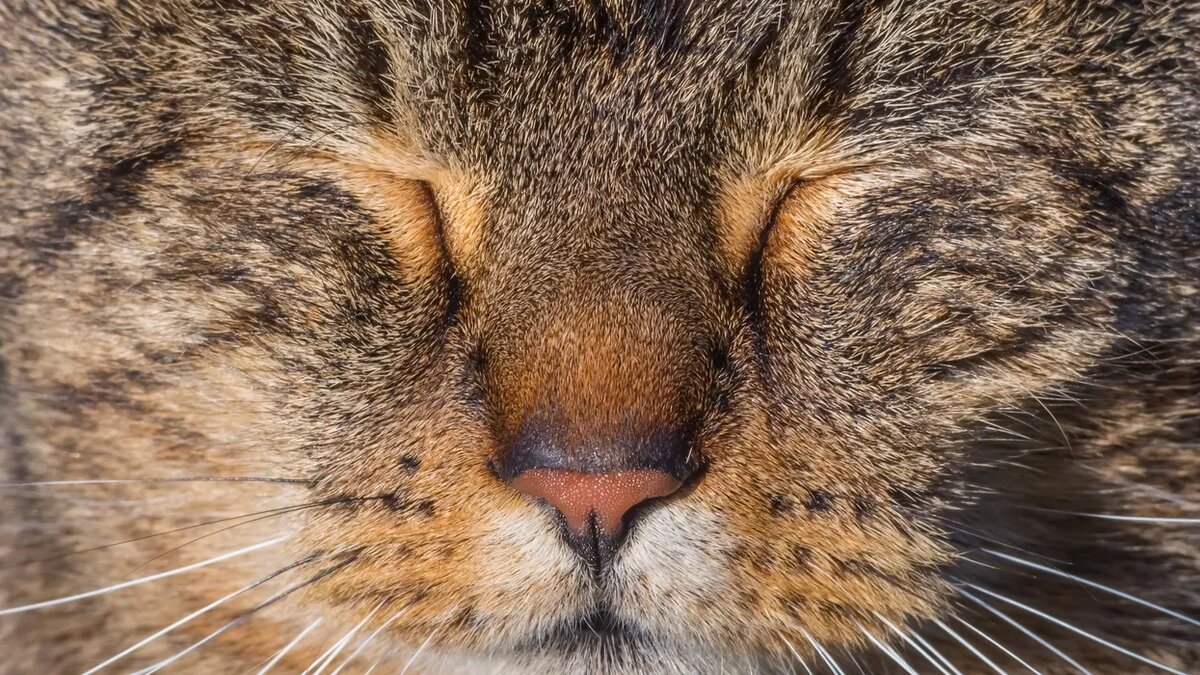
In the blink of a cat’s eye
Though this idea of the slow blink is nothing new to cat owners & lovers, this is the first time the benefits of slow blinking have been behaviorally studied. In the first study of two done by this research team, 21 cats were experimented on in their homes, in their own territory. Placed no more than three feet away, their owners would either perform the slow blink in front of their pets or completely ignore them.
The study found that the cats were more likely to narrow their glares back at their owners when it had been done to them first. The cats that were ignored by their owners were significantly less likely to interact with their owners. The scientific team then tried the same experiment out on a different set of cats. This time they tested the same experiment with one twist: using a stranger instead of an owner.
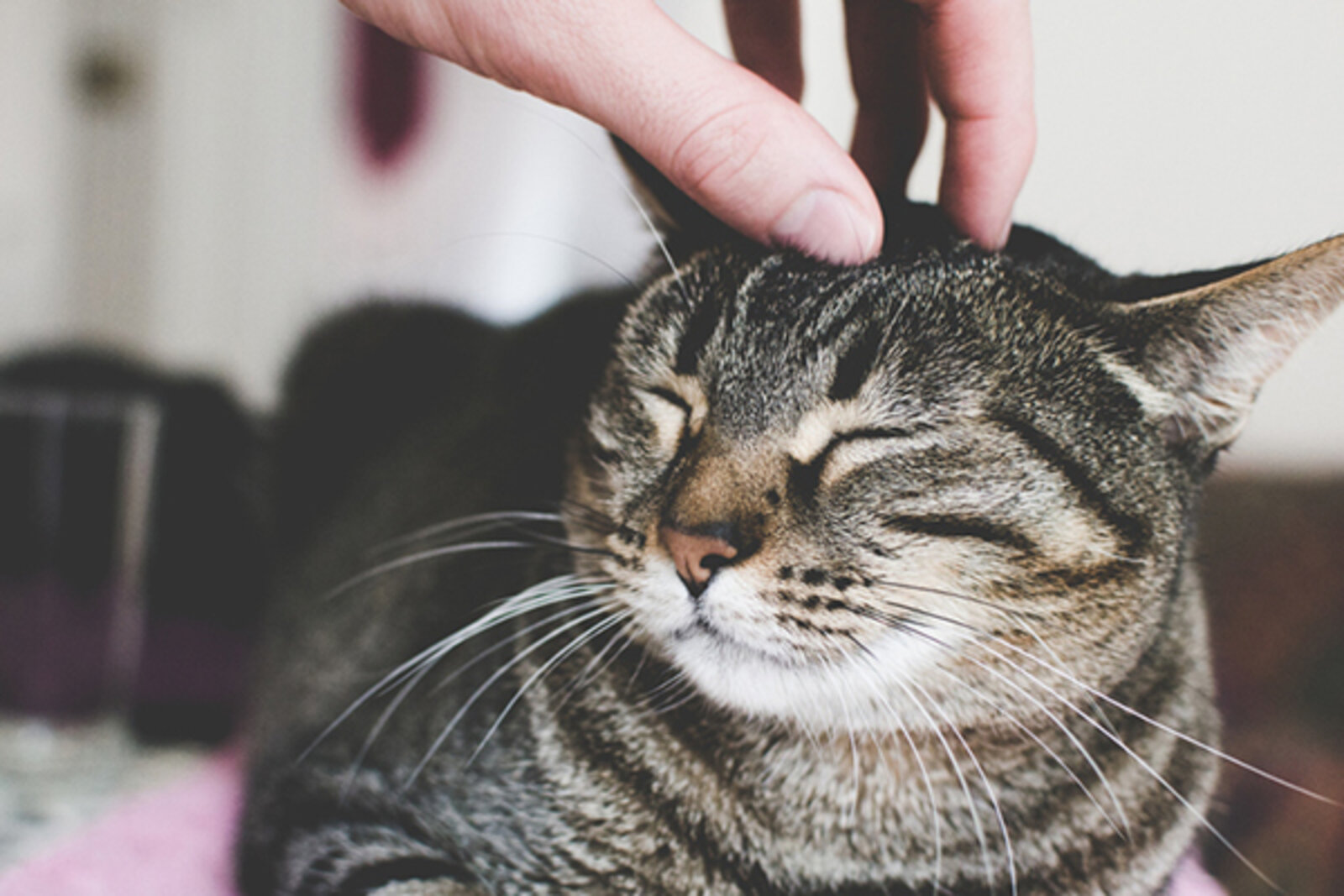
The cats who were blinked at were significantly more likely to approach the stranger than those not acknowledged at all. The approaching effect seems to be the key in determining whether or not cats enjoy being around humans.
It’s long been said cats may find long stares threatening, which would make sense why the slow blink works. The narrowing of the eyes and the repetition of the movement may tell the cat the human in front of them is not a threat.
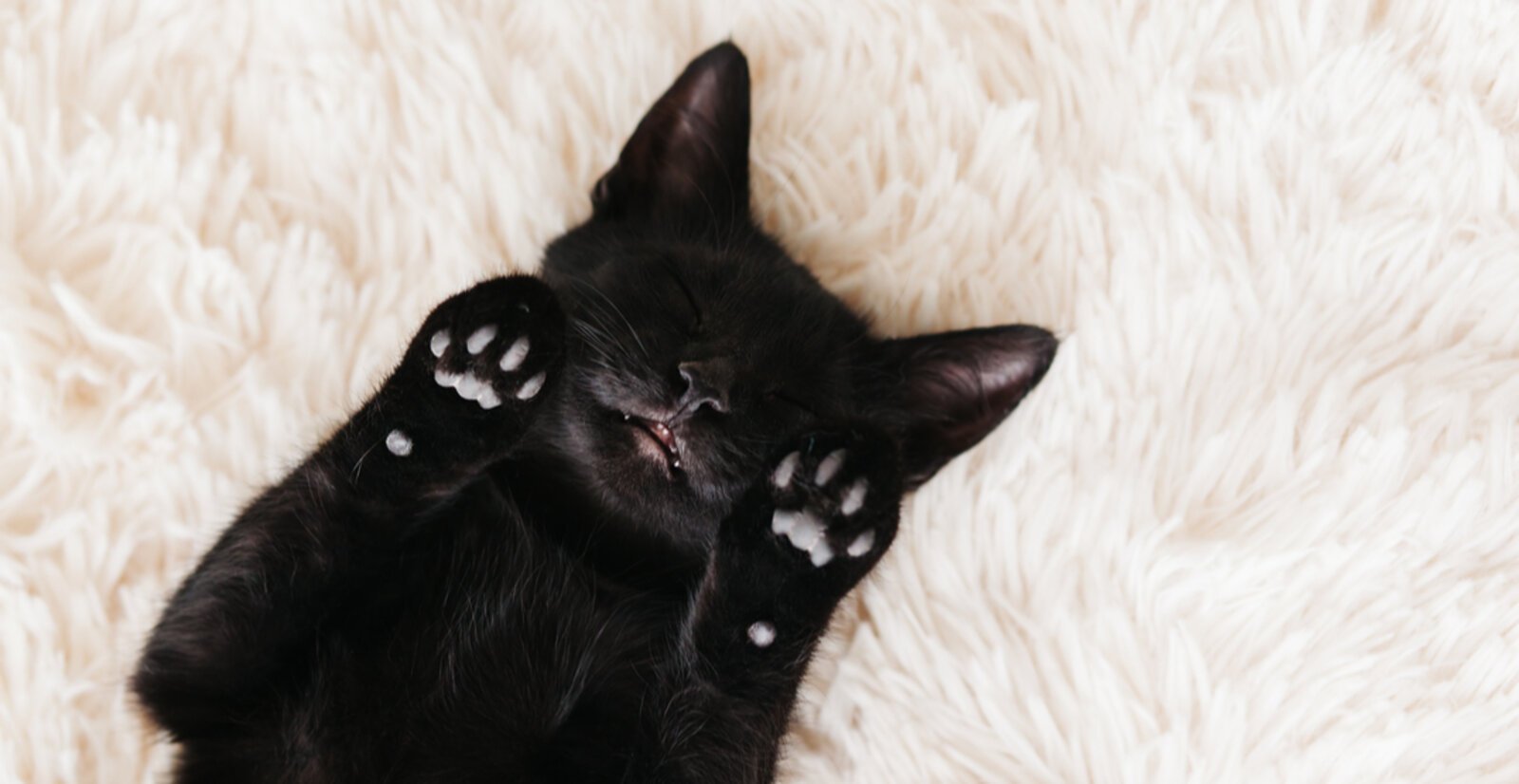
Other ways to approach
Staying calm and approaching the cat carefully is another way to build a relationship with it. Sitting down near the cat and extending your hand out towards it is the best way to get a cat to approach you. Pro tip: point your index finger at their nose level. This mimics the way cats interact and say hello to each other.
If, at any point, the cat runs away, it may need space. Give it some time, and eventually, the cat will surface again once it calms down. Taking note of a cat’s likes and dislikes – where they like to lay down, what toys they like, what body parts they like to rub against objects – is a good way to gauge how and where to touch them.
Stroking it on its back, especially towards the tail area, seems to be the sweet spot for many cats. When you feel comfortable enough, try rubbing its face a little. The cat will then smell itself on your hand and will more likely be affectionate with you.
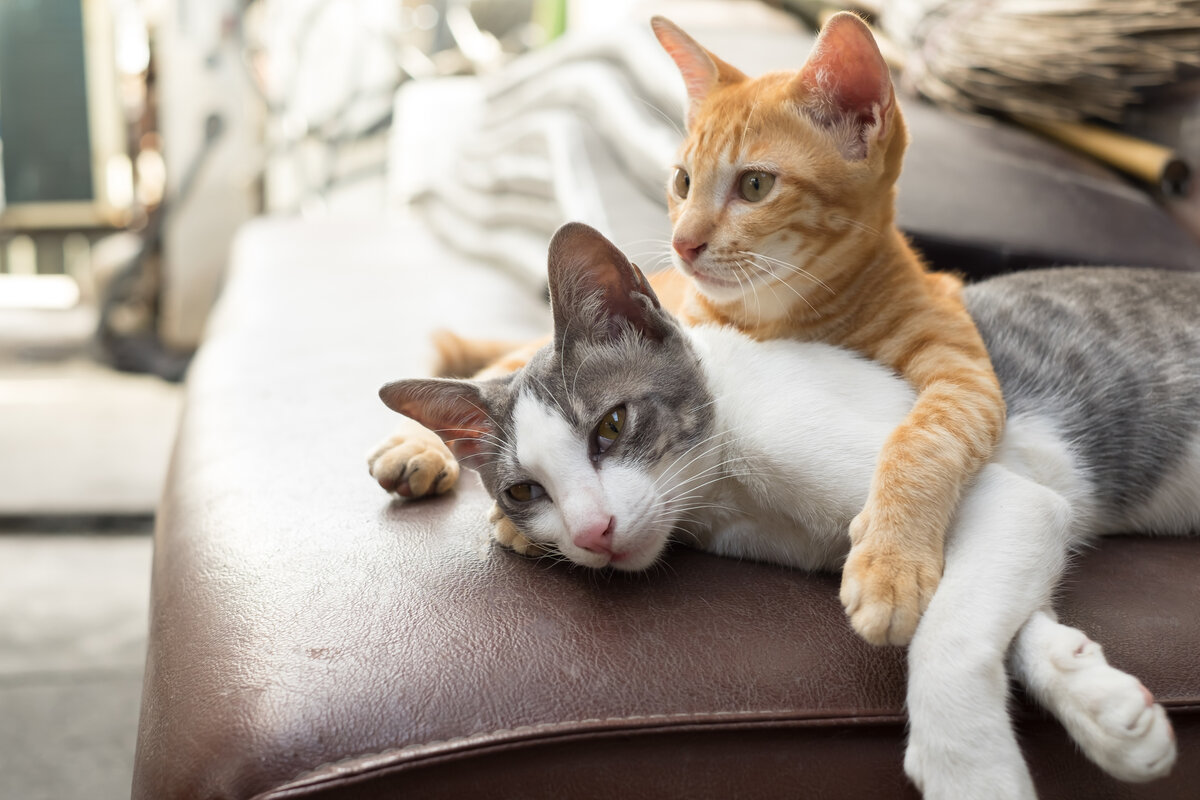
Making the purrfect friend
The slow blink may be the quickest way to gain points with a feline. This is an area of research that needs to be explored further, but the study’s scientists say that its results prove that cats really can show affection towards humans. So the next time you are in the room with a new cat or even your own, try out the experiment. If they slow blink back or even approach you, it may be their way of waving hello.





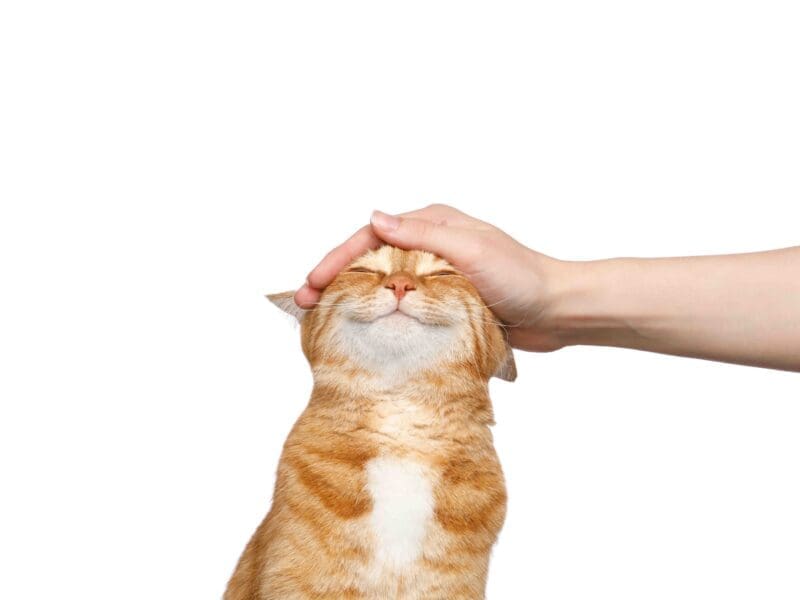


Frank Sterle Jr.
/
That Young Black Cat Finally Found Something New …
October 14, 2020‘If only I had something new to do,’ / she mused, ‘some wander most adventurous / like when the nearby fields grew tall / towering greens from which wild fowl fed and flew / as a feisty feline and precocious / I must have a venue change or else climb the wall!’ // She walked along the window pane / and looked out to neighbouring homes / where she hoped to find something / new, something beyond the back lane / rocky road where she often roams / with her green eyes wide and wandering. // When her attention was caught / by the towering dark roof / of the local convenience store / the cat at once decided she ought / to climb to its black peak as more proof / of her worth to those who already her adore. // Out the door, through adjoining yards she went / glancing round this and that corner / going over then under fences small and tall / till she stood at the wall she meant / to surmount as a foreigner / without fear (though windy it was) she may fall. // She looked passed blown leaves at two garbage cans / standing beside a wooden shed / right next to the store painted so pink / and up she jumped, her clawed feet and hands / reaching each peak by but a thread / yet of no better place she could think. // Having achieved her hazardous climb / she contemplated some swaying trees / unaware her human hostess stood near / at a bus stop, as passed the time / the woman looked up only to freeze / seeing her beloved black feline knowing no fear! // Thus the feline had done something big and new / and not seeing her master’s silent stare / descended and went home more than content / for from this day excitement the cat drew / indeed deciding she’d again climb—dare / herself to ascend any site worthy of her scent.
Frank Sterle Jr.
/
Today, just days short of National Feral Cat Day (October 16), I spotted a dead feral cat on the roadside, likely hit by a car. It was quite saddening to know his/her life and death would not at all matter to general society.
October 14, 2020About three years ago, it was reported that Surrey, B.C. had/has approximately 36,000 feral and stray cats, so many of which are allowed to suffer severe malnourishment, debilitating injury and/or infection by callously neglectful municipal government as well as individual residents who choose to remain silent.
(Progress might also be made by discontinuing allowing pet cats to roam freely outdoors and notably risk them becoming another predator’s meal or some sadistic person’s target for a torturous death.)
When I made a monetary donation to the local Trap/Neuter/Release (TNR) program, a lady volunteer left me a tearful voice mail expressing her appreciation, which to me suggested a scarcity of caring financial donors.
No wonder cat Trap/Neuter/Release (TNR) programs are typically underfunded by governments and private donors, regardless of their documented success in reducing the needless great suffering by these beautiful, sentient animals.
I fear a possible presumption of feline disposability.
Could there be a subconscious human perception that the worth of such animal life (if not even human life in regularly war-torn or overpopulated famine-stricken global regions) is reflected by its overabundance and the protracted conditions under which it suffers?